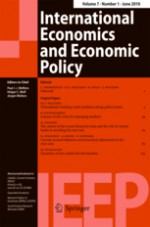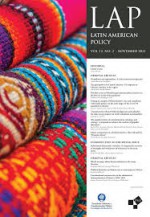Regional Production Sharing Networks and Hub-ness in Latin America and East Asia: a Long-term Perspective

This article takes the East Asian experience as the starting point for an analysis of the dynamics of regional production sharing in Latin America and the Caribbean (LAC). Two characteristics of the Asian production network are focused upon: (i) the intensity of intra-regional trade and, more specifically, trade in manufactures and their parts and components, and (ii) the hierarchical organization of the production network around “hubs”. With respect to intra-regional trade, the authors find that by-and-large the importance of this category of trade in total trade is broadly comparable, but the differences between the two regions become visible when looking at the composition of trade. Trade in manufactured products, in general, and manufactured parts and components, in particular, is clearly more important within East Asia although the gap seems to be slowly diminishing since the early 2000s. With respect to hub-ness, the authors observe that the rise of China has fundamentally changed the picture by positioning itself as a second hub in the region, with strong links to Japan. By contrast, the relative importance of the two candidate hubs in LAC (Mexico and Brazil) in intra-regional trade is still more modest, the level of mutual interdependence is low, and they are overshadowed by the US economy.








